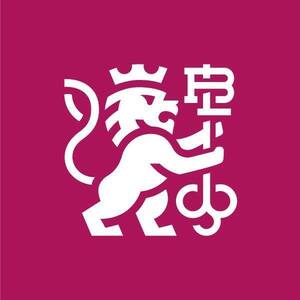Digital cultural heritage: how to preserve artifacts of Ukrainian history and art
Digitization and 3D modeling will be useful to archaeologists and art historians of Ukraine
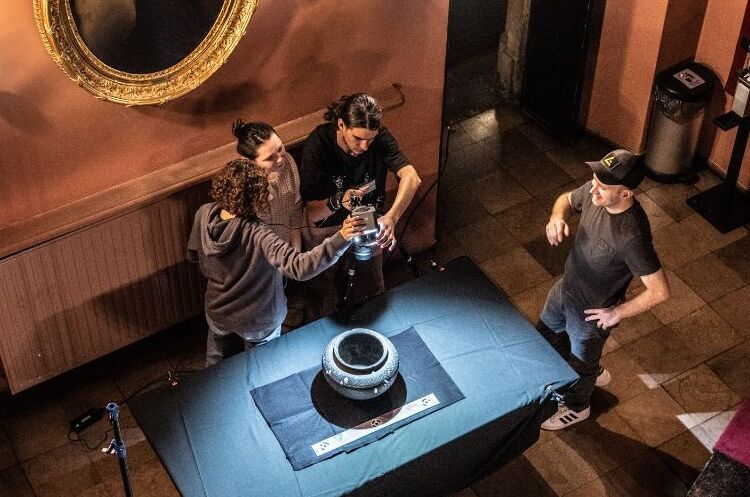
The full-scale invasion of Ukraine highlighted a wide variety of issues that were secretly undermining Ukrainian society while remaining invisible or being considered secondary. The war revealed the principal importance of some issues, changed the focus of others, and forced us to look at the well-known ones in a new way. Unexpectedly, the Rashist invasion illustrated the strategic importance of cultural heritage – everyone, from schoolchildren to executive authorities, suddenly recalled that without heritage, there is no culture and, therefore, no Ukraine. The formula is simple: while we have heritage, we have our history. Consequently, we can protect our subjectivity. And thus, Ukraine survives. Simon Radchenko, geoinformatician, archaeologist, literary scholar, expert in photogrammetry and digital technologies in archeology, and Project leader of the Scientific Research Lab «Archaic» told Mind how to preserve Ukrainian works of art, prove their belonging to Ukrainian museums, as well as introduce the world to Ukrainian culture and the heritage of our ancestors through digital technologies.
The non-governmental organization «Archaic» works on preserving and researching Ukrainian cultural heritage in Ukraine and abroad. In particular, in the project «Preserving Ukrainian Legacy» in partnership with its colleagues from the United States – NGO «CyArk». With the help of American colleagues and the support of the Jagiellonian University in Krakow, representatives of the public sector and museum workers from Kyiv, Dnipro, and Zaporizhzhya mastered the latest technologies for 3D digitization of archaeological artifacts. They received equipment for their digitization in their institutions. The project is supported by the US Embassy (Kyiv) and the Ambassador’s Fund for Cultural Preservation.
Up-to-date technologies are to preserve the cultural heritage
The truth, long-known by the experts, became an essential innovation in the general consensus regarding preserving culture in Ukraine: artifacts and treasures of Ukrainian culture must be digitized. Such work will reduce the inevitable losses from a Russian missile hitting the museum and allow for preserving at least some information about a specific object.
Moreover, it is the best way to distantly present cultural heritage to those interested or even enable it for direct contact in virtual reality. Finally, digitizing archaeological artifacts is an opportunity to keep clear records of crimes against culture, which the invaders must pay.
Therefore, it's no surprise that the demand for digital research and preservation of cultural heritage objects has increased at the onset of the full-scale invasion – from thousands of years old archaeological artifacts to architectural masterpieces and modern digital art.
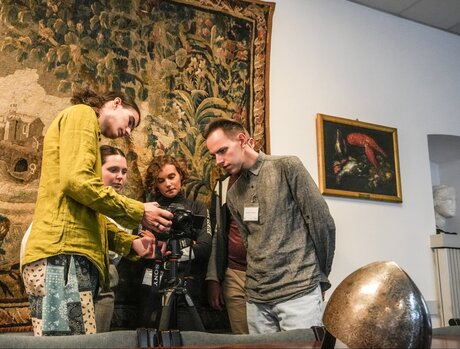
Digitization difficulties in Ukrainian museums
However, Ukrainian archeology and heritage management were utterly unprepared for such a challenge. There is no equipment or funding, archives are privately stored under the desks of enthusiastic researchers, and most importantly, digital heritage research specialists can be counted on the fingers.
Besides, rapid changes in this area should not be expected anytime soon: Ukraine is a large country with many museums and thousands of artifacts.
To systematically affect the extensive network of objects and update it, different actors at different levels must consciously move in the same direction. They should be ready for such changes and feel comfortable changing, learning new skills, and solving new tasks.
Therefore, the archaeological community must be respected and supported – this is an indispensable condition for positive changes in the study and preservation of cultural heritage. For that very reason, one cannot simply send specialists from UNESCO to digitize the entire heritage in Ukraine or throw millions of dollars at archaeologists, expecting a quick result. Such actions will reduce the professional community's ability to develop. In order for the changes to be of high quality, they must be implemented in a complex, comprehensive, and coordinated manner.
3D models will help to introduce Ukrainian heritage worldwide
Fortunately, such changes are possible. Despite their small scale, they are slowly changing Ukrainian cultural landscapes. The «Preserving Ukrainian Legacy» project exemplifies this conscious change. For several months, the representatives of different museum institutions work with objects they have identified as their digitization priorities. Besides carrying out a workshop on digitizing cultural heritage, they will also improve the digital preservation of vulnerable artifacts, following the careful guidance of Ukrainian and American experts.
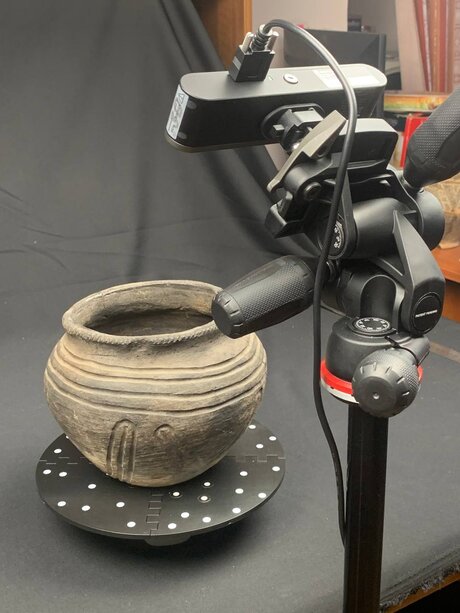
Upon finalization, the three-dimensional models will be stored on remote servers and accessible to a broad audience, representing various pages of Ukrainian history to the general public.
Moreover, the project results will become the basis for research publications, virtual exhibitions, and other activities to present Ukrainian cultural heritage worldwide. For a significant number (although not for all) of Ukrainian archaeologists, this field of expertise is entirely new because, in addition to the historical context, it requires skills in technical photography and specific software and additional technical competencies to face the current challenges of the project on the go. This is how archeology works today: it is complex and interdisciplinary yet vulnerable – similar to its objects of interest.
Making a 3D model only requires a smartphone and a pinch of photogrammetry
At the same time, the work procedure is relatively simple and cheap. The digitizing method chosen by the Preserving Ukrainian Legacy project is photogrammetry – thus, ordinary photographs become raw data for producing three-dimensional models.
Each object is photographed hundreds to thousands of times from different angles, and the images are processed with special programs. One can make several models a day, and regardless of the quality of the camera, you only need to master a simple algorithm of actions and get used to new tasks.
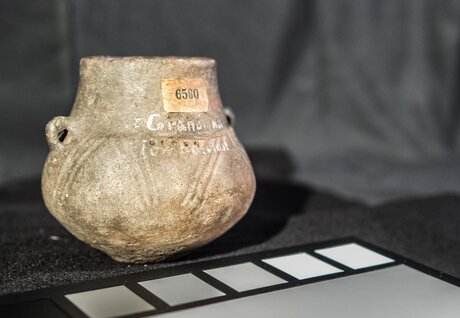
Note that digitizing a small pot is much easier than making a model of a massive shipwreck. Accurate 3D casts require expensive equipment, but quite often, a smartphone is enough to get a decent result.
This accessibility is another great news for the entire industry – not every museum or scholar has a modern camera, and digitization must happen nationwide. This underlines the apparent advantage of photogrammetry – it is relatively easy to do, and the opportunity to have valid results depends little on institutional support.
Soon enough, we are ready to invite the audience for a virtual tour
Therefore, instead of a simple equipment donation, the project envisages spreading digitization technology itself, i.e., raising the professional level of the community with new skills and methods. Making a team where photographers, heritage managers, archaeologists, and photogrammetrists have united gives a chance for a wider technology distribution wherever needed. Moreover, it will foster the emergence of a need for it where one does not exist yet.
The models made during the workshop will remain the property of the museum institutions where they belong. Still, they will also be made publicly available – by these institutions, «Archaic» and CyArk, the American project participant.
The brightest examples of Ukrainian prehistoric cultural heritage will have a place on the Open Heritage 3D online repository next to incredible sculptures from Rapanui and the ancient city of Pompeii. At the same time, a backup copy of all data will be stored in California.
Their further use may differ, including scientific research and forming a virtual museum of Ukrainian heritage. Future projects of this type will reveal it.
It is a slow and complex process of strengthening the entire industry, and the overall improvement will not occur without it. This will definitely not be fast. However, joint efforts lead Ukrainian archaeologists towards strengthening and modernization. Our community makes every effort to protect cultural heritage and Ukrainian subjectivity in and out of the war.
The OpenMind authors, as a rule, are invited experts and contributors who prepare the material on request of our editors. Yet, their point of view may not coincide with that of the Mind editorial team.
However, the team is responsible for the accuracy and relevance of the opinion expressed, specifically, for fact-checking the statements and initial verification of the author.
Mind also thoroughly selects the topics and columns that can be published in the OpenMind section and processes them in line with the editorial standards.

